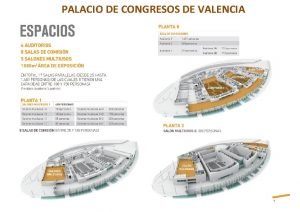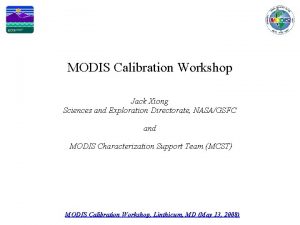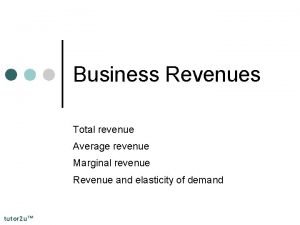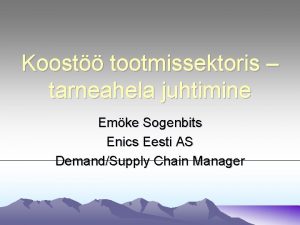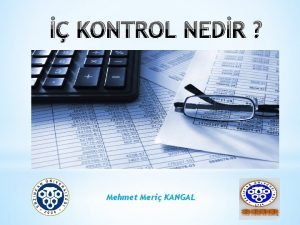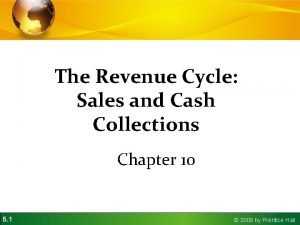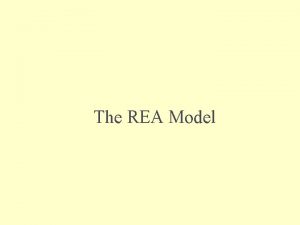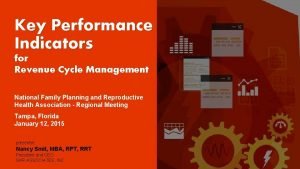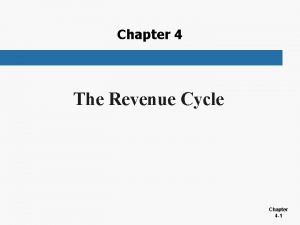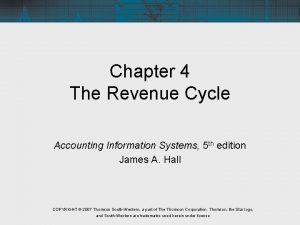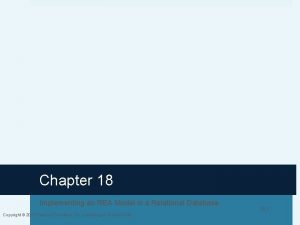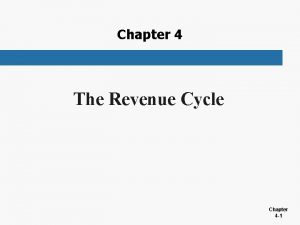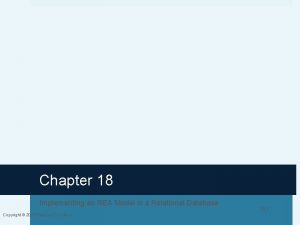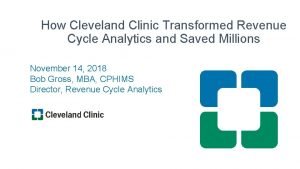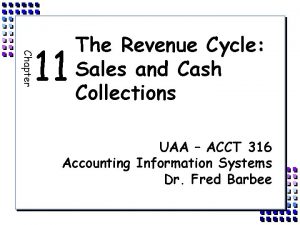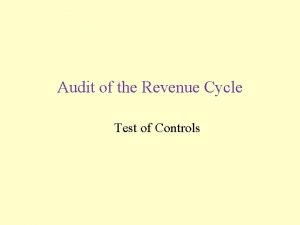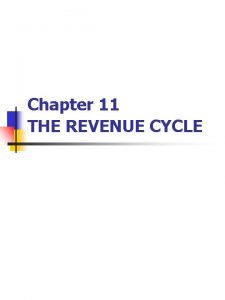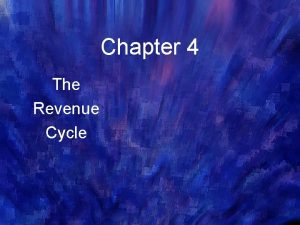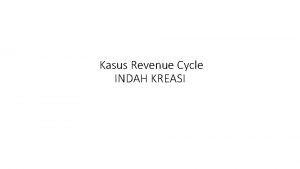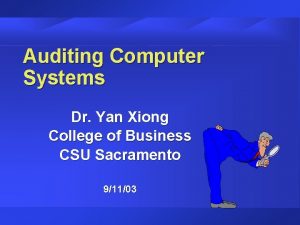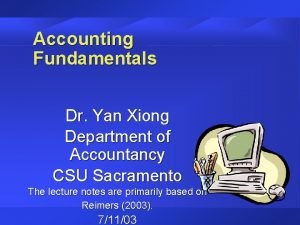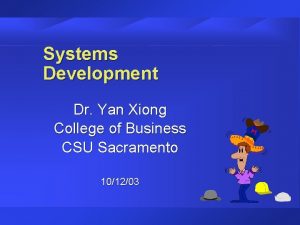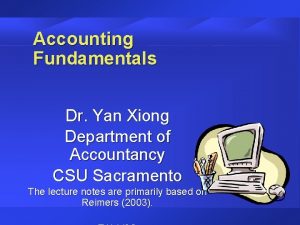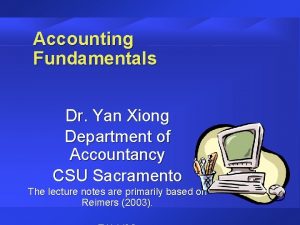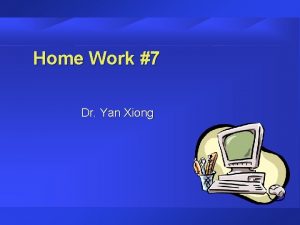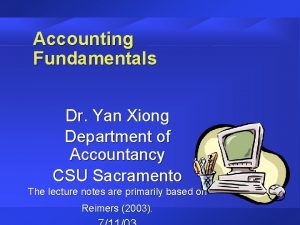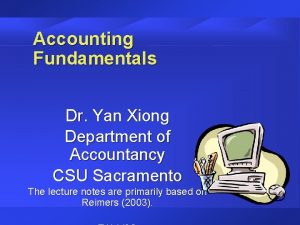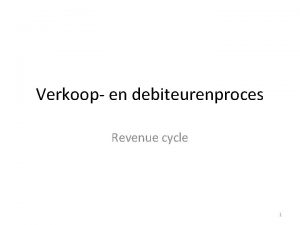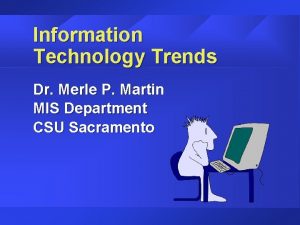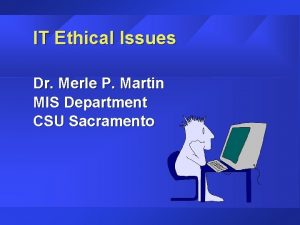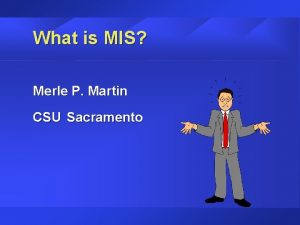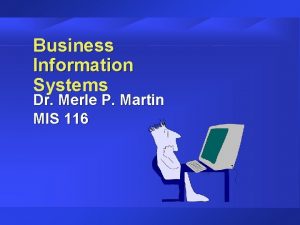The Revenue Cycle Yan Xiong Merle P Martin





































- Slides: 37

The Revenue Cycle Yan Xiong Merle P. Martin College of Business CSU Sacramento 3/11/03

Agenda Ø Ø Major Business Activities and Key Decisions in the Revenue Cycle Using Information Technology in the Revenue Cycle The Major Threats and the Related Control Procedures in the Revenue Cycle. REA Diagram for the Revenue Cycle

Revenue Cycle Business Activities t 1 2 3 4 What are the four basic revenue cycle business activities? Sales order entry Shipping Billing and accounts receivable Cash collections

1. Sales Order Entry t t This step includes all the activities involved in soliciting and processing customer orders. Key decisions and information needs: – decisions concerning credit policies, including the approval of credit – information about inventory availability and customer credit status from the inventory

Sales Order Entry (Cont) t The sales order entry function 1 2 3 involves three main activities: Responding to customer inquiries Checking and approving customer credit Checking inventory available

Sales Order Entry (Cont) t Regardless of how customer orders are initially received, the following edit checks are necessary: u. Validity checks u. A Completeness test u. Reasonableness tests u. Credit approval v. General authorization v. Credit limit

Sales Order Entry Next, the system checks whether the inventory is sufficient to fill accepted orders. t Internally generated documents produced by sales order entry: – sales order – packing slip – picking ticket t

Information Needs and Procedures (Sales Order Entry) Respond to customer inquires about account balances and order status. t Decide whether to extend credit to a customer and what types of credit terms to offer. t Determine inventory availability. t Set prices for products and services. t Set policies regarding sales returns and warranties. t

2. Shipping Warehouse workers are responsible for filling customer orders by removing items from inventory. t Key decisions and information needs: u. Determine the delivery method. – in-house – outsource t

Shipping ( Continued) t Documents, records, and procedures: u. The picking ticket printed by the sales order entry triggers the shipping process and is used to identify which products to remove from inventory. u. A physical count is compared with the quantities on the picking ticket and packing slip.

3. Billing and Accounts Receivable Two activities are performed at this stage of the revenue cycle: 1 Invoicing customers 2 Maintaining customer accounts t Key decisions and information needs: u. Accurate billing is crucial and requires information t

Billing and Accounts Receivable (Cont) t t t The sales invoice notifies customers of the amount to be paid and where to send payment. A monthly statement summarizes transactions that occurred and informs customers of their current account balance. A credit memo authorizes the billing department to credit a customer’s account.

Billing and Accounts Receivable (Cont) t Types of billing systems: u. In t a postbilling system, invoices are prepared after confirmation that the items were shipped. u. In a prebilling system, invoices are prepared (but not sent) as soon as the order is approved. The inventory, accounts receivable, and general ledger files are updated at this time.

Billing and Accounts Receivable (Cont) Methods for maintaining accounts receivable: – open invoice method – balance-forward method t To obtain a more uniform flow of cash receipts, many companies use a process called cycle billing. t

Billing and Accounts Receivable Information Needs and t What are. Procedures examples of additional information the AIS should provide? – response time to customer inquires – time required to fill and deliver orders – percentage of sales that require back orders – customer satisfaction – analysis of market share and

4. Cash Collections t Two areas are involved in this activity: 1 The cashier 2 The accounts receivable function

Cash Collections (Cont) t Key decisions and information needs: u. Reduction of cash theft is essential. u. The billing/accounts receivable function should not have physical access to cash or checks. u. The accounts receivable function must be able to

Cash Collections (Cont) t Documents, records, and procedures: u. Checks are received and deposited. u. A remittance list is prepared and entered on-line showing the customer, invoice number, and the amount of each payment. u. The system performs a number of on-line edit checks to verify

Agenda 2 t Using Information Technology in the Revenue Cycle

Opportunities for Using Information Technology t What are some opportunities of using information technology for sales order entry (Activity 1)? – on-line processing of sales orders with e-mail – electronic data interchange (EDI) – linking EDI with customers’ pointof-sale (POS) – optical character recognition (OCR)

Opportunities for Using Information Technology t What are some opportunities of using information technology for shipping (Activity 2)? – automated warehouse systems consisting of: – computers – bar-code scanners – conveyer belts

Opportunities for Using Information Technology t What are some opportunities of using information technology for billing and accounts receivable (Activity 3)? – on-line processing of invoices – electronic data interchange (EDI) – imaging to create and store

Opportunities for Using Information Technology t What are some opportunities of using information technology for cash collections (Activity 4)? ulockbox (a postal address to which customers send their remittances) u. The bank picks up the checks from the post office box and deposits them to

Opportunities for Using Information Technology – electronic lockbox – – electronic funds transfer (EFT) financial electronic data interchange (FEDI)

Agenda 3 t The major threats and the related control procedures in the Revenue Cycle.

Control Objectives, Threats, and Procedures t The second function of a welldesigned AIS is to provide adequate controls to ensure that the following objectives are met: u. Transactions are properly authorized. u. Recorded transactions are valid. u. Valid, authorized

Control Objectives, Threats, and Procedures t Assets (cash, inventory, and data) are safeguarded from loss or theft. t Business activities are performed efficiently and effectively.

Control Objectives, Threats, and Procedures t What are some threats? – credit sales to customers with poor credit – shipping errors – theft of cash and inventory – failure to bill customers – billing errors – loss of data

Control Objectives, Threats, and Procedures t What are some exposures? – uncollectible sales and losses due to bad debts – customer dissatisfaction – loss of assets and overstated assets – loss of revenue and inventory – incorrect records and poor decision making

Control Objectives, Threats, and Procedures t What are some control procedures? – credit approval by credit manager and sales function – reconciliation of sales order with picking ticket and packing slip – restriction of access to inventory and data – lockbox arrangement

Agenda 4 t The REA diagram for the revenue cycle.

Revenue Cycle Data Model t t – The REA data model provides one method for designing a database that efficiently integrates both financial and operating data. A simplified REA data model for the revenue cycle of a manufacturing company should include the following information: the two major resources (cash and inventory) used in the revenue cycle

Revenue Cycle Data Model – the four major business events – in the revenue cycle (orders, filling the orders, shipping [sales], and cash collections) the primary external agent (customer) as well as the various internal agents involved in revenue cycle activities

Revenue Cycle Data Model Partial REA Diagram of the Revenue Cycle Cash (1, N) Deposits in (1, 1) Collects cash by (1, N) Cashier

Topics Discussed Ø Ø Major Business Activities in the Revenue Cycle and the Key Decisions in the Revenue Cycle Using Information Technology in The Revenue Cycle The Major Threats and the Related Control Procedures in the Revenue Cycle. REA Diagram for the Revenue Cycle

CT 7 Preventive: 1. Timesheets are pre-numbered. 2. Segregation of duties. Detective: t Payroll Supervisor review the timesheets for completeness. t Payroll clerk sorts the timesheets. t A second payroll clerk verifies the accuracy of the first clerk’s entries. t Payroll clerk compares the vacation days recorded on the time sheets with the accumulated vacation days

CT 7 Corrective: t Payroll supervisors reconcile the missing timesheet numbers with applicable department supervisors. t Payroll supervisors reconciles timesheets where vacation days recorded exceed vacation days accumulated. t Payroll supervisors reconciles any errors detected by the
 Dr merle martin
Dr merle martin Dr merle martin
Dr merle martin Dr merle martin
Dr merle martin Unforgettable journey
Unforgettable journey Nalee xiong
Nalee xiong Vong xiong
Vong xiong Li xiong
Li xiong Weiwei xiong
Weiwei xiong Xiong jie
Xiong jie Ning yun wu xiong
Ning yun wu xiong Nadsvd
Nadsvd Shamanism hmong
Shamanism hmong Average revenue vs marginal revenue
Average revenue vs marginal revenue New products management crawford
New products management crawford Dr merle rust
Dr merle rust Merle sepp
Merle sepp Romantism
Romantism Bouvreuil brun
Bouvreuil brun Merle parmak
Merle parmak Skisoidne isiksus
Skisoidne isiksus Emöke sogenbits
Emöke sogenbits Merle kangal
Merle kangal Merle sepp
Merle sepp Basic revenue cycle activities
Basic revenue cycle activities Rea models
Rea models Revenue cycle management kpis
Revenue cycle management kpis Application capability model
Application capability model Revenue and receipt cycle flowchart
Revenue and receipt cycle flowchart Revenue cycle dfd
Revenue cycle dfd Rea diagram revenue cycle example
Rea diagram revenue cycle example Accounts receivable process flow chart
Accounts receivable process flow chart Chapter 9 auditing the revenue cycle solutions
Chapter 9 auditing the revenue cycle solutions Revenue cycle rea diagram
Revenue cycle rea diagram Cleveland clinic revenue
Cleveland clinic revenue Revenue transaction cycle
Revenue transaction cycle Auditing revenue cycle
Auditing revenue cycle Auditing the revenue cycle test bank
Auditing the revenue cycle test bank Revenue cycle internal controls
Revenue cycle internal controls









